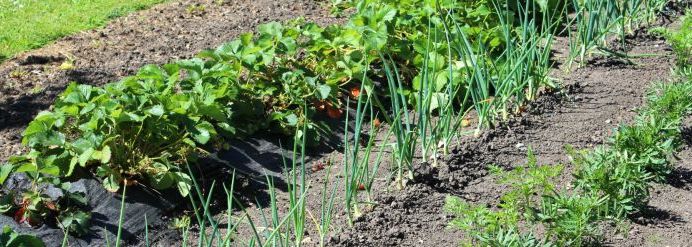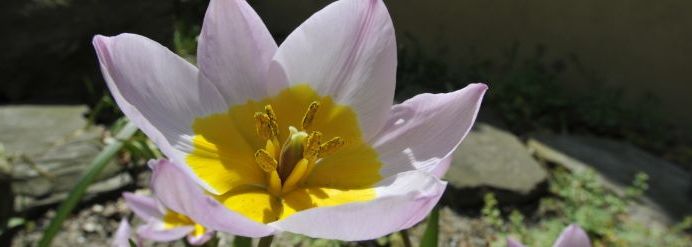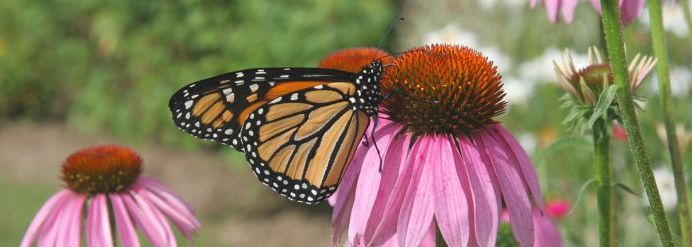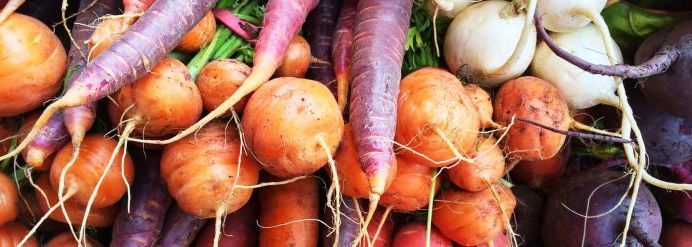Certain plants can benefit each other when grown together. Companion planting is an ancient technique that involves strategically pairing different plant species to enhance growth, deter pests and promote overall garden health. Doing this ultimately fosters biodiversity and natural pest control for your Nebraska produce.
Understanding companion planting
Companion planting is rooted in the principle that certain plant combinations can have mutually beneficial effects on one another. By carefully selecting companion plants based on their individual characteristics, gardeners can create synergistic relationships that enhance soil fertility, repel harmful pests and optimize crop yields.
Biodiversity
One of the key benefits of companion planting is its ability to promote biodiversity within the garden ecosystem. By intermingling different plant species, gardeners can mimic the natural diversity found in ecosystems, creating habitats that support a wide range of beneficial insects, birds and microorganisms. This diversity not only strengthens the resilience of the garden but also fosters a healthier and more balanced environment for all living organisms.
Natural pest control
Companion planting also plays a crucial role in natural pest control by harnessing the power of plant relationships to repel harmful insects and attract beneficial predators. For example, planting aromatic herbs like basil and rosemary alongside susceptible crops can help deter common pests such as aphids and tomato hornworms. Similarly, attracting predatory insects like ladybugs and lacewings with companion plants like dill and yarrow can help keep pest populations in check without the need for harmful pesticides.
Soil health
Certain companion plants are known for their ability to improve soil health by fixing nitrogen, suppressing weeds and enhancing nutrient uptake. For example, leguminous plants like peas and beans have nitrogen-fixing bacteria in their root nodules, which enrich the soil with nitrogen, an essential nutrient for plant growth. Meanwhile, ground-covering plants like clover and vetch act as living mulch, suppressing weeds and preventing soil erosion while also adding organic matter to the soil as they decompose.
Examples
Some classic examples of companion planting include the "Three Sisters" planting method used by Native American cultures, which combines corn, pole beans and squash to create a mutually beneficial growing environment. The tall corn provides support for the climbing beans, while the beans fix nitrogen in the soil to benefit the corn and squash. The sprawling squash plants act as a living mulch, suppressing weeds and conserving soil moisture.
Other examples include planting marigolds alongside tomatoes to repel nematodes and other soil-borne pests, and interplanting carrots and onions to confuse carrot flies and onion maggots. You can also deter rabbits with tiny mirrors, as they don’t like seeing their reflection.
Try companion planting for your Nebraska produce
Companion planting is a time-tested gardening technique that creates healthy, vibrant gardens. Keep this in mind when you plan your garden, as companion planting really brings your whole Nebraska produce garden together! Contact us today if you’re interested in bringing produce to our farmers market, beginning June 1!















